All Stories
-
 Genetics
GeneticsCoffee or tea? Your preference may be written in your DNA
Coffee or tea is a bitter choice, a taste genetics study suggests.
-
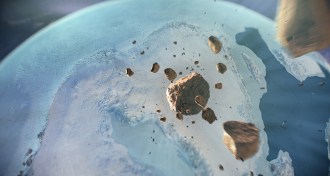 Earth
EarthA massive crater hides beneath Greenland’s ice
The discovery of a vast crater in Greenland suggests that a 1-kilometer-wide asteroid hit the Earth between 2.6 million and 11,700 years ago.
-
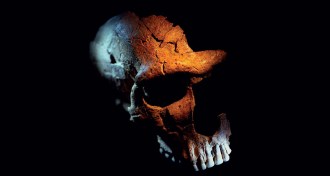 Anthropology
AnthropologySkull damage suggests Neandertals led no more violent lives than humans
Neandertals’ skulls suggest they didn’t lead especially injury-prone lives.
By Bruce Bower -
 Animals
AnimalsSound-absorbent wings and fur help some moths evade bats
Tiny ultrathin scales on some moth wings absorb sound waves sent out by bats on the hunt.
-
 Health & Medicine
Health & MedicineU.S. cases of a polio-like illness rise, but there are few clues to its cause
A total of 90 cases of acute flaccid myelitis have been confirmed so far this year, out of 252 under investigation.
-
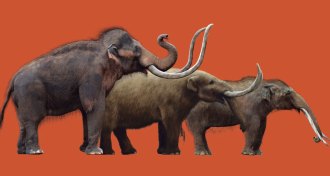 Ecosystems
EcosystemsHow mammoths competed with other animals and lost
Mammoths, mastodons and other ancient elephants were wiped out at the end of the last ice age by climate change and spear-wielding humans.
-
 Animals
AnimalsClimate change may have made the Arctic deadlier for baby shorebirds
What were once relatively safe havens in the Arctic are now feasting sites for predators of baby birds.
By Susan Milius -
 Astronomy
AstronomyOne of Earth’s shimmering dust clouds has been spotted at last
Almost 60 years after a Polish astronomer spotted clouds of dust orbiting Earth near the moon, astronomers have detected those clouds again.
-
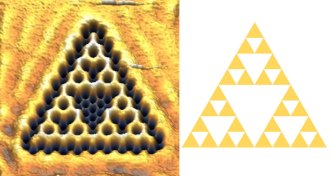 Quantum Physics
Quantum PhysicsPhysicists wrangled electrons into a quantum fractal
The tiny, repeating structure could reveal weird behavior of electrons in fractional dimensions.
-
 Environment
EnvironmentCar tires and brake pads produce harmful microplastics
Scientists surveyed tiny airborne plastics near German highways and found that bits of tires, brake pads and asphalt make up most of the particles.
-
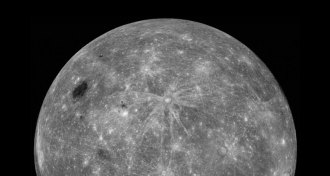 Planetary Science
Planetary ScienceChina is about to visit uncharted territory on the moon
The next two Chinese missions to the moon will visit places no spacecraft has been before. The rest of the world wants a piece of the lunar action.
-
 Health & Medicine
Health & MedicineA potent fish oil drug may protect high-risk patients against heart attacks
People with, or at high risk of, cardiovascular disease lowered their chances of having a heart attack or stroke with a drug containing an omega-3 fatty acid.